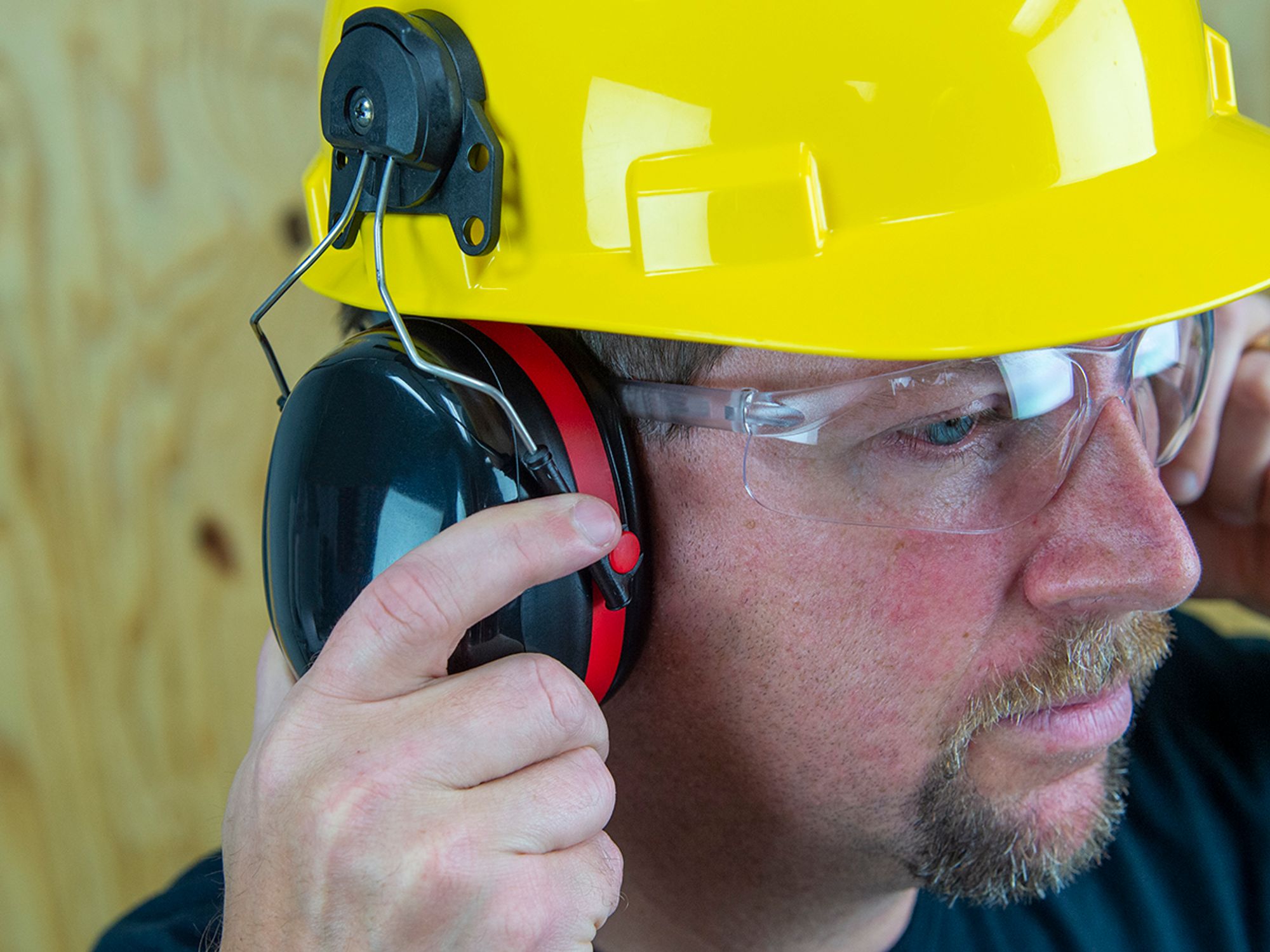Effects of excessive exposure

- Noise affects hearing by damaging the sensitive hair cells of the inner ear. Depending on length of time and level of exposure, this effect may be temporary or it can be permanent.
People differ in their sensitivity to sound, and there’s no way to determine who is most at risk for hearing damage. Factors such as sound pressure, frequency, and length of exposure all play roles in determining whether what a person hears is harmful or just annoying.
When noise is too loud, it can damage the sensitive hair cells of the inner ear. As the number of damaged hair cells increases, the brain receives fewer impulses to interpret as sound. While a single exposure to loud noise can damage hair cells, it probably won’t destroy them. The person may experience ringing in the ears and some sounds may be muffled, but the hair cells will recover and so will hearing. This is called a temporary threshold shift. But without proper hearing protection, repeated exposures to loud noise can damage hair cells to the point that they won’t recover. Because the damage is severe, it results in a permanent threshold shift, and no treatment will restore it.
In its early stages, when hearing loss is above 2,000 hertz, it affects the ability to understand or discriminate speech. As it progresses to the lower frequencies, it begins to affect the ability to hear sounds in general. The three main types of hearing loss are conductive, sensorineural, or a combination of the two.
The effects of noise can be simplified into three general categories:
- Primary effects: Noise-induced temporary threshold shift, noise-induced permanent threshold shift, acoustic trauma, and tinnitus.
- Effects on communication and performance: Isolation, annoyance, difficulty concentrating, absenteeism, and accidents.
- Other effects: Stress, muscle tension, ulcers, increased blood pressure, and hypertension.
